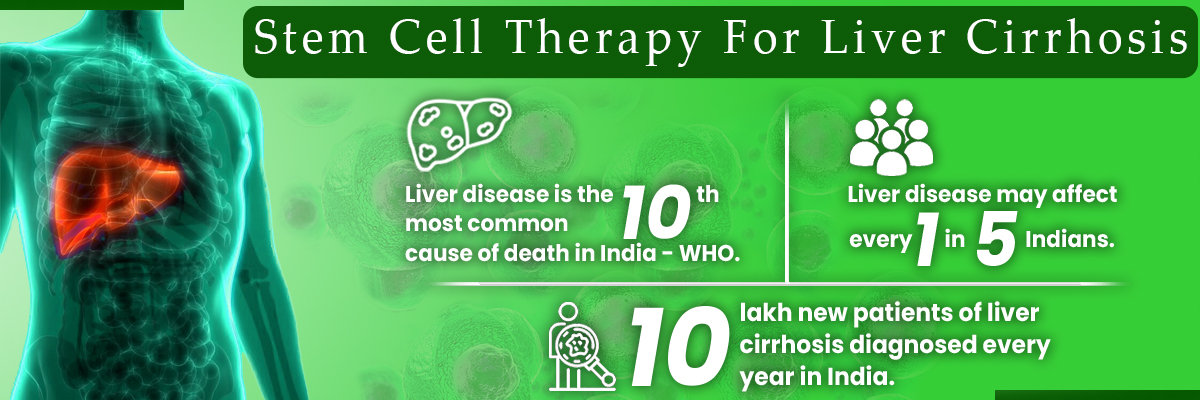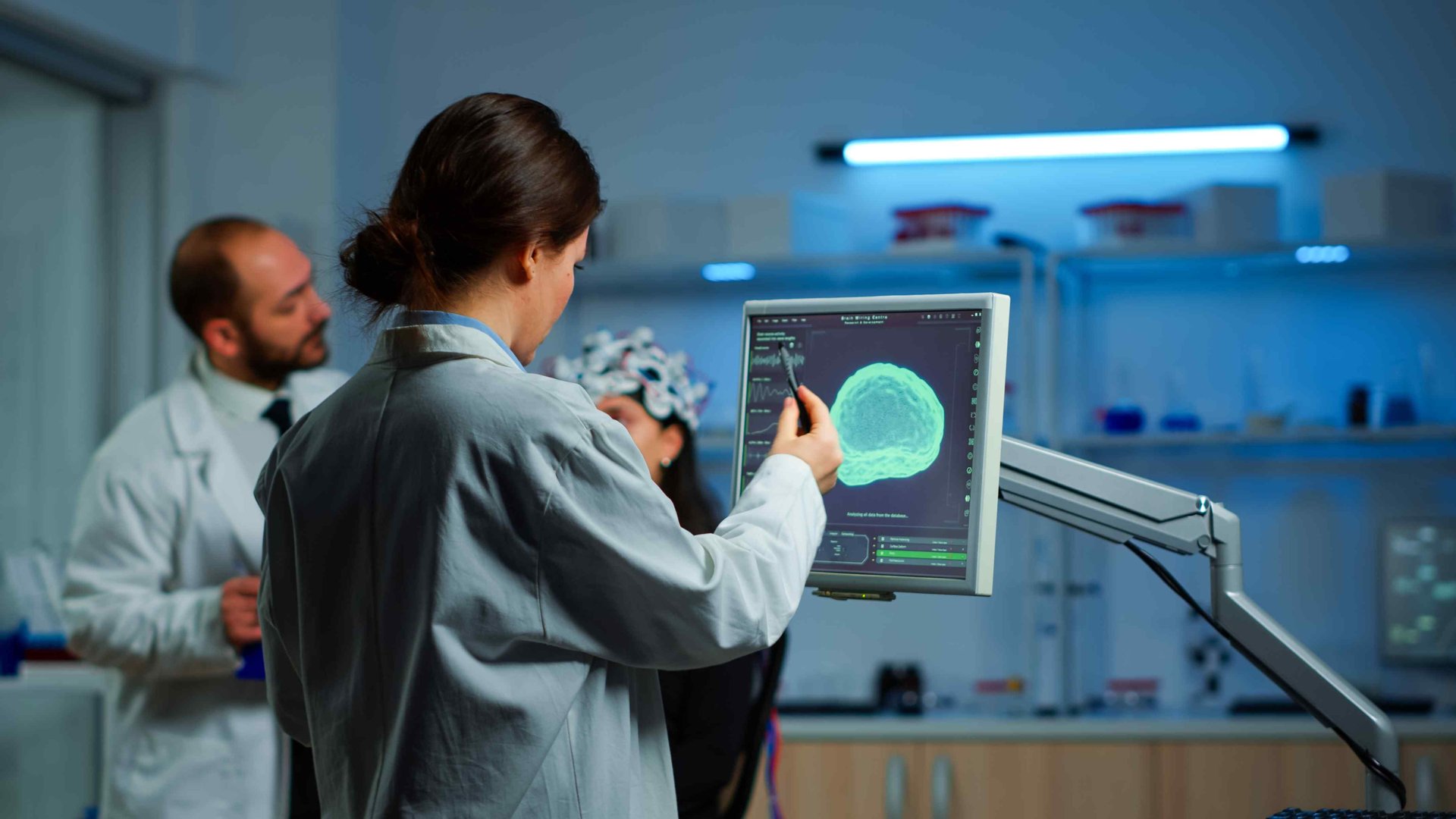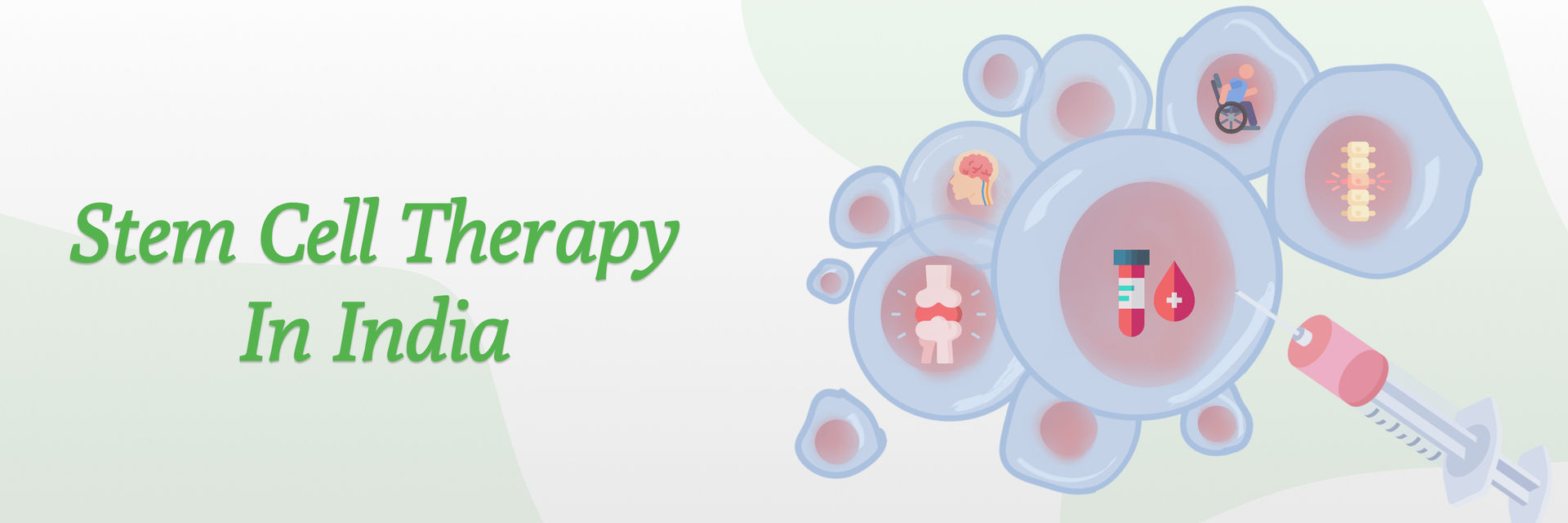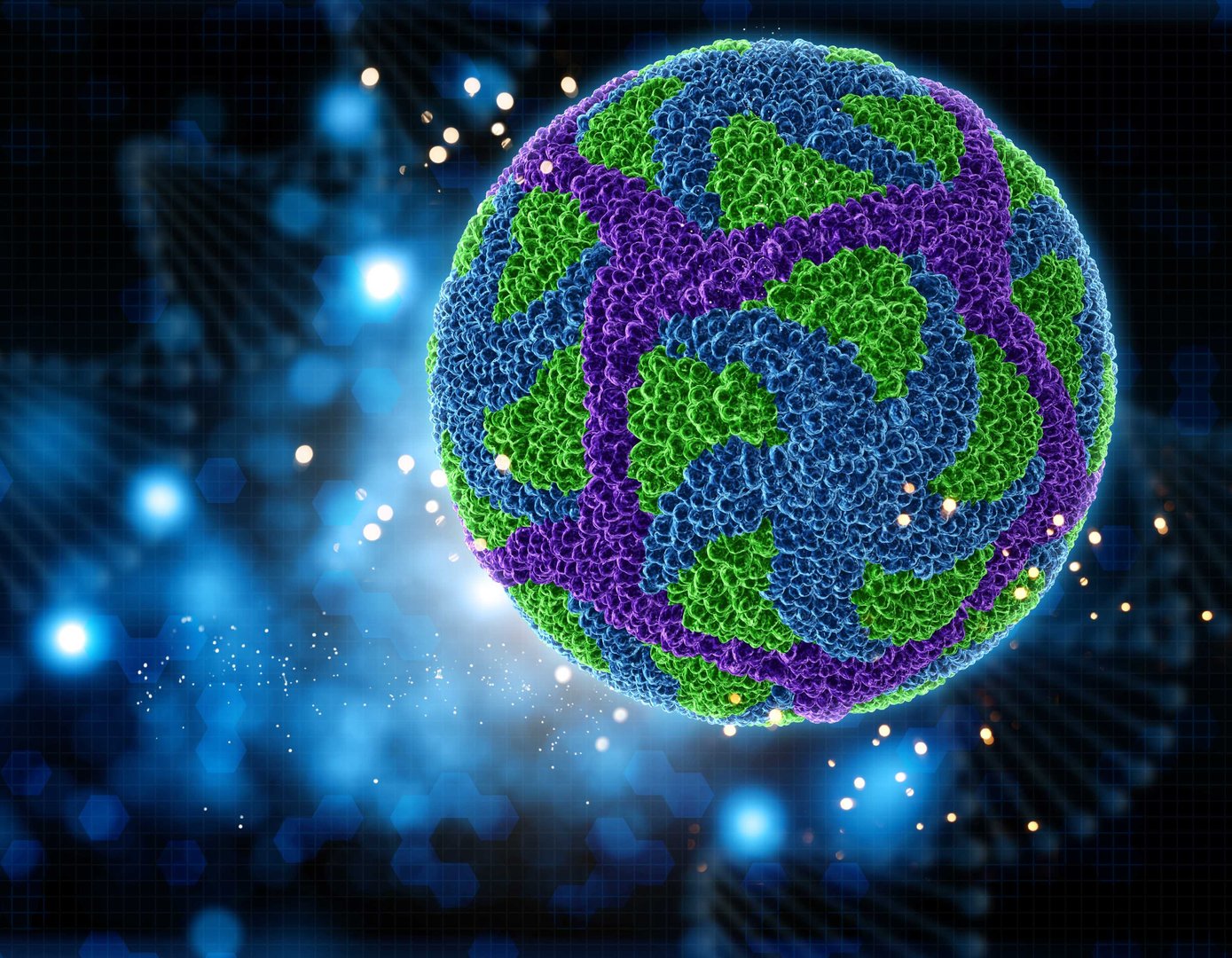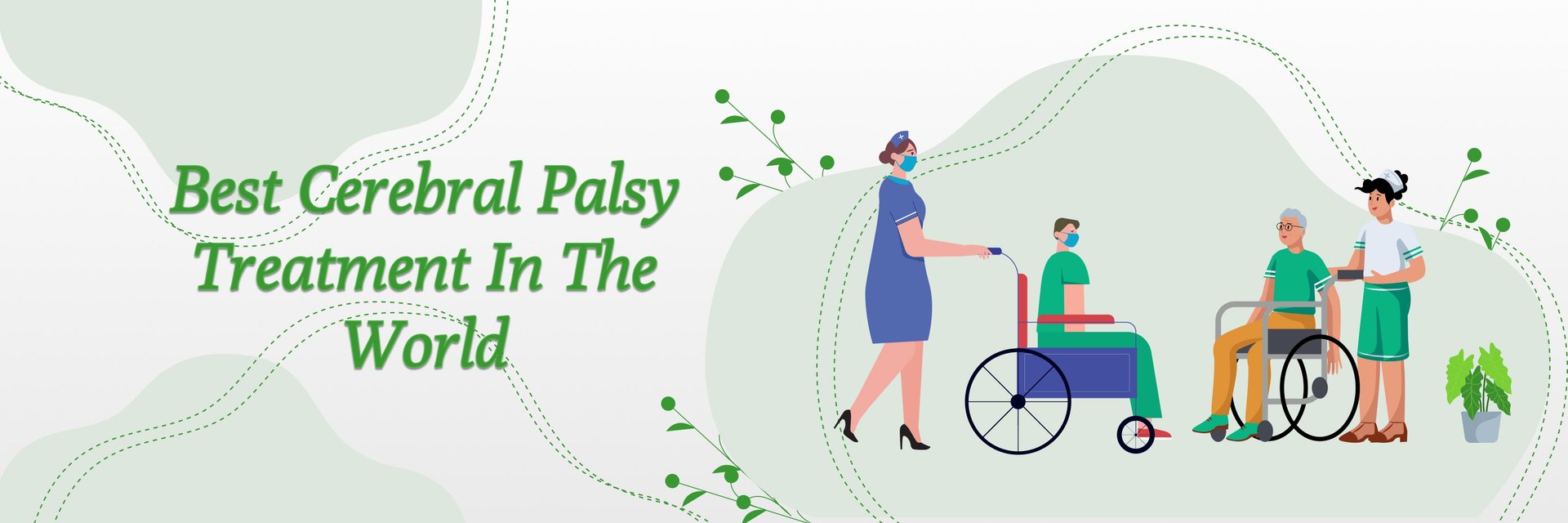Overview
Over the last few years, stem cell treatment has evolved from a science fiction concept to a real medical breakthrough that raises hopes for patients with diseases previously thought to be incurable or reversible. With medicine pushing the limits of what is possible with stem cell research, we now have treatments at our disposal that go beyond symptom control - they repair and replace the very tissue and organs that are damaged. This treatment is based on the application of stem cells, which are unique because they can develop into various cell types within the human body. From being used to rebuild cartilage after it has been destroyed, to creating new brain cells, to even rejuvenating the immune system after chemotherapy, stem cell technologies are revolutionary.
In India and worldwide, the therapy is gaining acceptability not only among doctors and scientists but even among patients increasingly choosing non-surgical treatments and drug therapies for lengthy durations. As awareness increases, so does interest in the storage of stem cells, stem cell banking, and preserving umbilical cords as health-care preventive strategies.
Understanding Stem Cell Treatment
To best appreciate the potential of stem cell therapy, one must have at least some information about what stem cells are and why they are so precious. Stem cells are undifferentiated cells that grow and mature into specialized cell types such as muscle cells, red cells, brain cells, and more. It is this capacity to self-renew that distinguishes them from other cells. There are different types of stem cells:
- Embryonic stem cells: In an embryo at an early stage, and can differentiate into any cell type.
- Adult stem cells: In bone marrow and fat, used in most modern medical therapies.
- Umbilical cord blood stem cells: Harvested at birth and saved through umbilical cord storage.
- Induced pluripotent stem cells (iPSCs): Re-programmed adult cells that behave like embryonic stem cells.
These stem cells can be taken and stored by stem cell banking, which is picking up steam in India, especially among future parents. If you want to know more about this treatment, connect with the best stem cell doctors in India.
Treatments Supplement With Stem Cells
Stem cell therapy is not a 'one size fits all' therapy — rather, it's primarily supplemented with other therapies depending on the patient profile and disease state. The therapy is used as a standalone product or supplemented with traditional therapies in an attempt to deliver improved recovery and patient outcomes. These are a few of the areas of medicine and diseases the stem cells are used together:
- Orthopedic Therapies
- Neurological Disorders:
- Cardiovascular Diseases
- Diabetes
- Cosmetic & Dermatologist
If you want advice on any of these treatments or any other related treatment, you can book an online doctor consultation with the best stem cell doctors in India in minutes on our platform.
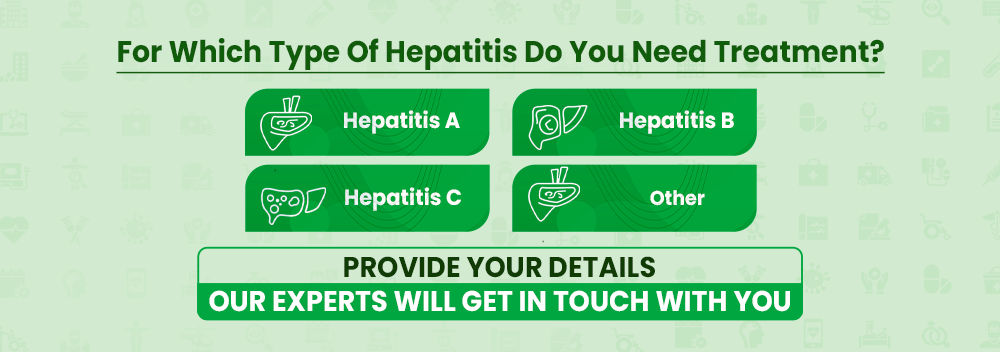
Benefits Of The Treatment
The healing potential of stem cell therapy is the cause because it is a revolution in modern medicine. Various benefits stem cell treatment can provide. Stem cells attempt to mend the underlying cause of disease by replicating tissue, suppressing inflammation, and balancing the immune system, unlike traditional medicine, which aims to heal the symptoms. One of the most important reasons that patients are choosing stem cell treatment is rapid recovery. Stem cell therapy is becoming more popular among patients due to its ability to reduce the surgical treatments and the time of hospitalizations. Though it may look costly initially, it provides long-term relief to the patients. The stem cell therapy can be used in various treatments, making it a multi-purpose treatment. The integration of the latest cutting-edge technology with the services makes it one of a kind. More and more uses are being discovered with each passing year of stem cell study, and the horizon of treatment is expanding in almost every department.

Risks Associated With The Treatment
Stem cell treatment is one of the prominent treatments we have, and the integration of the latest technology makes it even more special. Having said that, there are some drawbacks of this technology which should also be considered while taking an informed decision. When the stem cells are not handled properly, there is a risk of infections or contamination. Due to a sudden surge in demand, many unauthorized clinics are providing this treatment which are providing this treatment One must be cautious while deciding on a hospital for the treatment. We provide a list of top hospitals and the best doctors in India who can give the best possible treatment.
Stem cell reservation and storage is an expensive procedure that leads to an increase in the cost of the treatment. Though advanced technology is used in the stem cell treatment, there is no one-size-fits-all approach in medical science, making the results of the treatment variable. It completely depends on the way patients respond to the treatment. Therefore, you should be able to know where your stem cells are coming from, what is done with them, and whether or not the therapy that you are opting for has robust clinical backing.
Question Patients Should Ask
Even after analyzing the risks and benefits of the treatment, it is very important to have a conversation with the professional who is going to provide you with the treatment. It helps the patients to make informed decisions. Every patient considering the possibility of stem cell therapy needs to be well-equipped with questions to avoid mismanagement and misinformation. There should be no hesitation in the patients to ask the questions because patients should be completely sure and clear before making the decision on the treatment. Here is the list of questions patients should ask the medical professionals before deciding on the treatment:
- Is the organization providing the treatment ICMR or FDA approved?
- Where are the stem cells taken from?
- What are the short-term and long-term side effects of the treatment?
- What is the total cost of the procedure, including stem cell storage and preservation of the umbilical cord?
- What is the success rate of the treatment for my specific condition?
- Will there be repeated sessions needed in my case?
- What safety precautions have you taken with processing and administration?
These questions help to ensure that you're not just choosing the treatment but also a practitioner who is concerned about safety, transparency, and ethical behavior.

Hospitals Providing Stem Cell Treatment
Majority of hospitals in India have adopted stem cell technology and have integrated it with the majority of all the treatments which they provide, and offer treatments in adequate regulatory environments. Some of the top-rated hospitals and clinics are:
- Apollo Hospitals: One of the best-known hematopoietic stem cell transplants and regenerative medicine centers.
- Medanta – The Medicity: Offers neurology, orthopedics, and cardiology treatment using sophisticated stem cell methods.
- Fortis Healthcare: Provides cell therapy for autoimmune and orthopedic diseases.
- Tata Memorial Hospital: Pioneered bone marrow transplant for cancer patients.
- Stem Cell Care India: Premier treatment center for degenerative disease with the most advanced stem cell research.
Some of these hospitals also provide consultation rooms for stem cell storage to ensure that the patients can plan treatment or use in the future accordingly.
Cost Of Stem Cell Treatment
| No. | Type of Cost | Estimated Price (INR) | Remarks |
| 1 | Stem cell operation cost | Rs.250,000 - Rs.15,00,000 | Varies based on condition, hospital and type of stem cells used |
| 2 | Stem cell preservation cost | Rs.50,000 - Rs.100,000 (one time) | Include initial processing and storage setup |
| 3 | Annual storage fee | Rs.4,000 - Rs.10,000 (per year) | Option to opt for yearly payment or one time payment |
| 4 | Consultation Fee | Rs.5,000 - Rs.20,000 | Includes tests, scans and medical consultation provided by the professionals |
Innovations & Developments
Stem cell research technology is an ever-evolving one, with discoveries leading the science of regenerative medicine to newer horizons than ever before. Some of the most groundbreaking developments are:
Not only are these developments making stem cell therapy stronger, but it is also becoming more accessible to patients from all walks of life.
Summary
One of the most exciting medical advances of our era, stem cell therapy has evolved from repairing joint injury to treating severe neurological disorders. Stem cell technologies have ushered in a new era of patient care. With increased access to stem cell banking, stem cell storage, and umbilical cord preservation, families are now given the option to invest in preventive medicine. But where there are varying storage costs of keeping stem cells and treatment risks, informed choices based on research and advice from experts are needed. All thanks to current research on stem cells, one thing is certain: regenerative medicine is not only the future but now a reality, transforming lives day by day.
